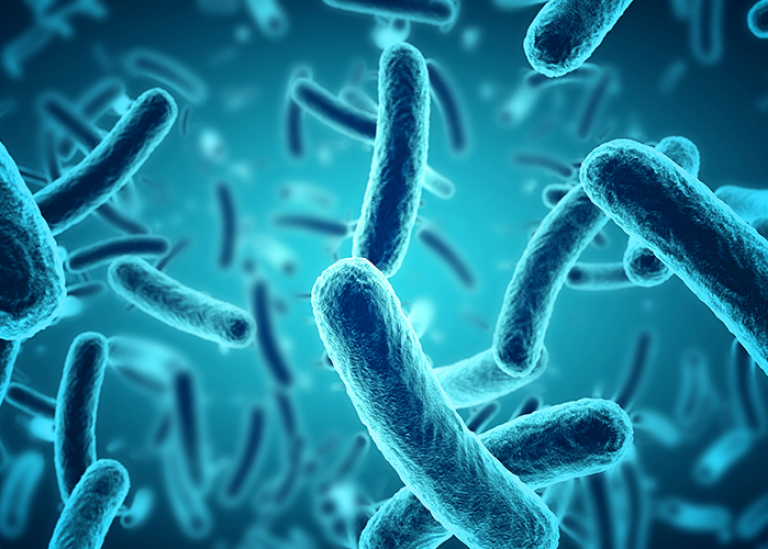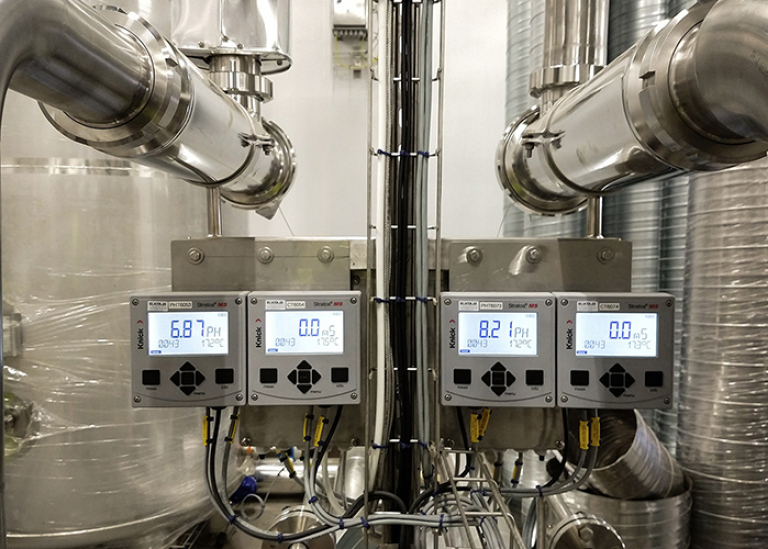BioPharma - Seed tank - Inoculum reactor
In biotechnological production, everything starts with the basic cells. These can include yeasts, bacteria or cells from plants or animals. These cells are stored very carefully. Before the real production process can start, these cells are further cultivated in an inoculum bioreactor until there are enough cells to start production.
Hygienic to the highest degree
You understand that the inoculum reactor is a key step. In many cases, extremely pure cells or organisms are used, the quality of which also determines the quality of the end product. Nothing is left to chance and everything must follow strict guidelines and procedures that ensure that no contamination can occur.
Due to the intensive digitalisation of modern pharmaceutical production processes, everything is closely monitored and recorded, from calibration and validation of sensors to predictive maintenance, on the basis of specific criteria.
Cells grow best under optimal conditions - pH, oxygen, optical density
pH or acidity
As with all living things, cells have an ideal pH value at which they thrive. Depending on the cell type, the band between which the acidity may lie is either very narrow or a somewhat wider. A good pH electrode that has been calibrated and sterilised beforehand, and where this is also recorded digitally, is absolutely essential.
Oxygen - friend or foe
Some cells, like us, need oxygen to live. Others do not. The right amount of oxygen ensures optimal cell growth. Oxygen sensors work on the basis of luminescence. This is a great advantage over classical sensors with membranes and electrolytes. Optical sensors react much faster, require almost no maintenance and last longer. In addition, they’re digital, which fits naturally into the strict control and registration environment in which they’re used.
The optical density - use a turbidity meter
As the cells grow, the medium becomes increasingly turbid as the number of cells increases. This is called optical density (O.D.). Turbidity can be measured in different ways (transmission, light scattering in different directions).
More information?

